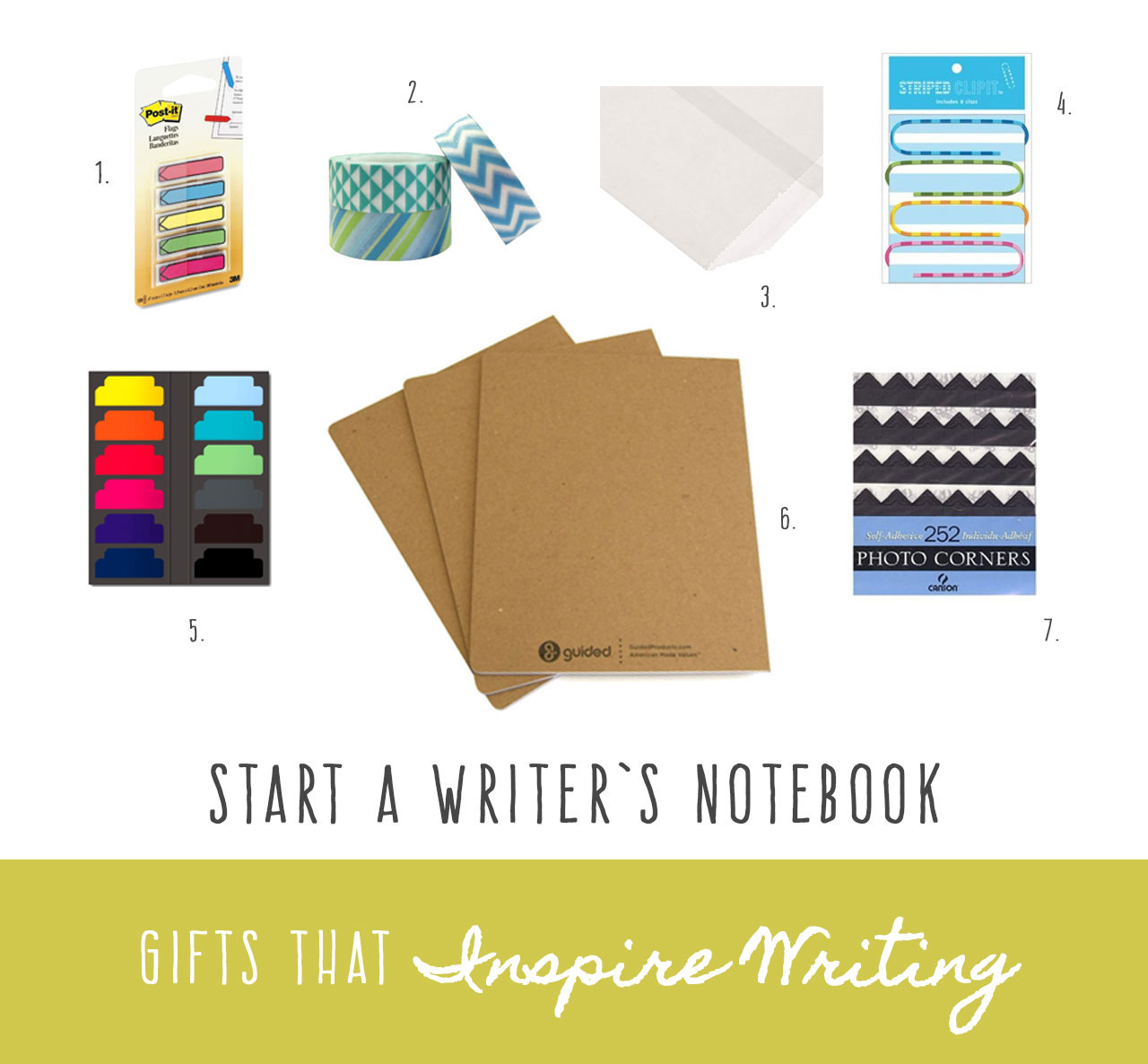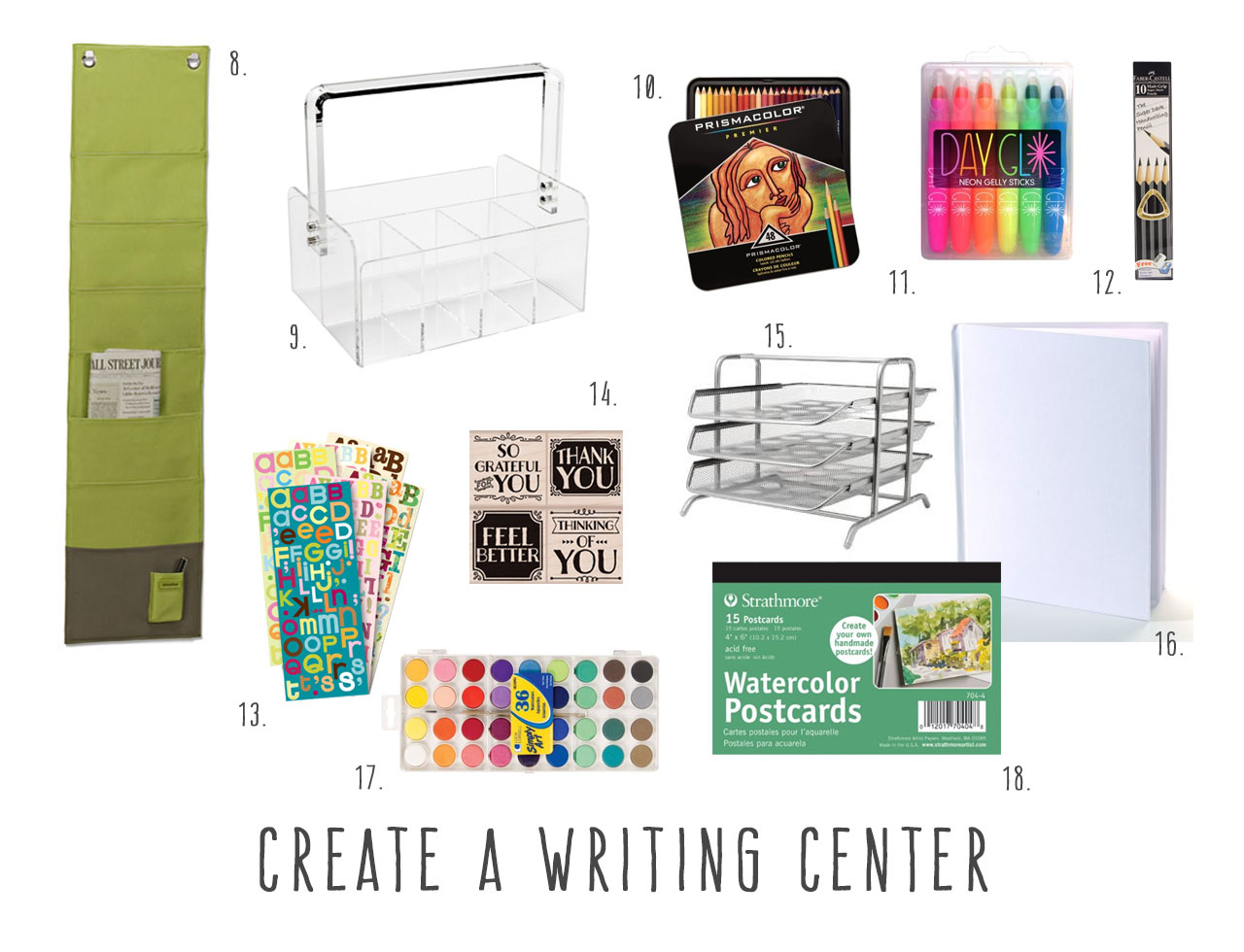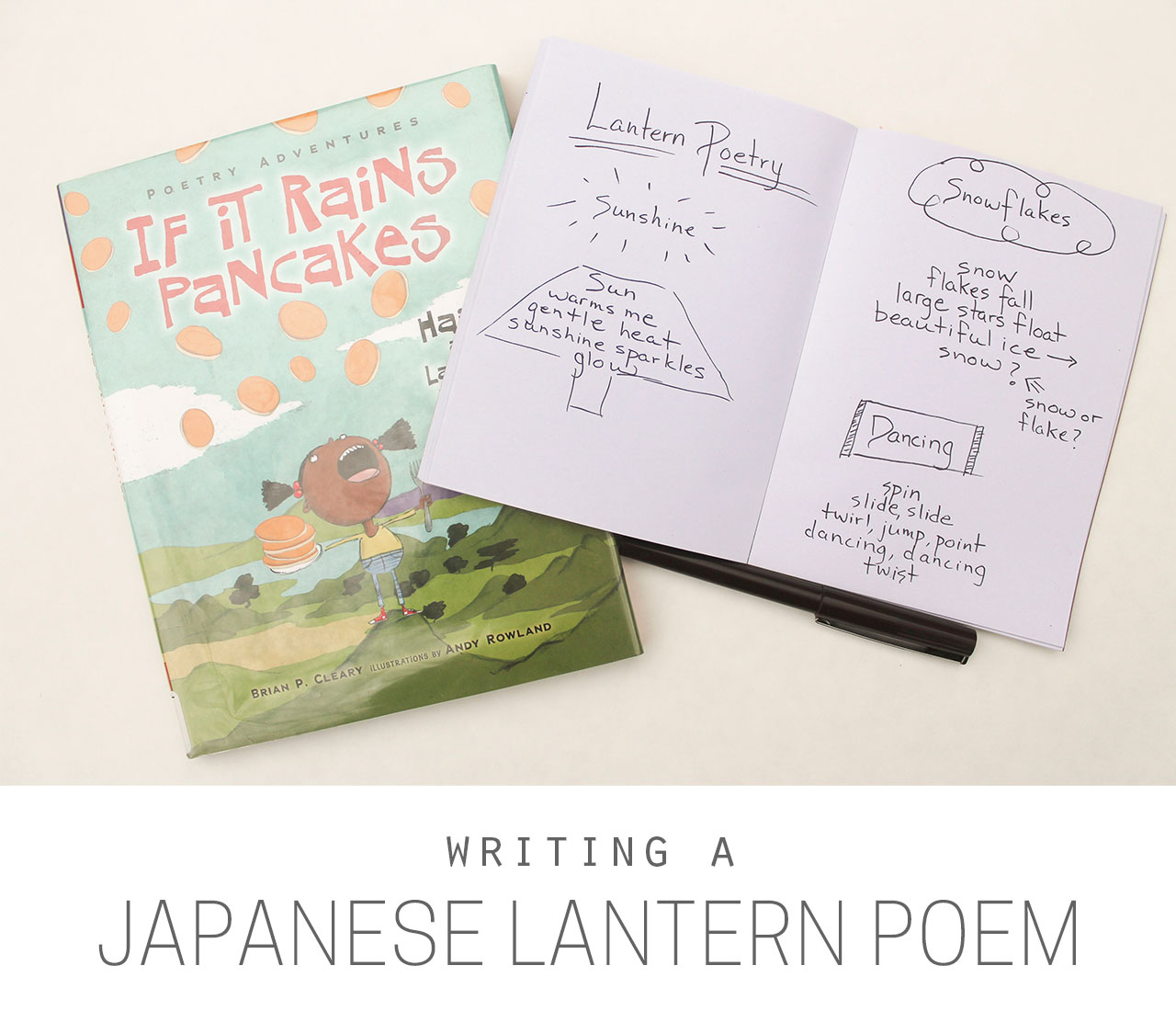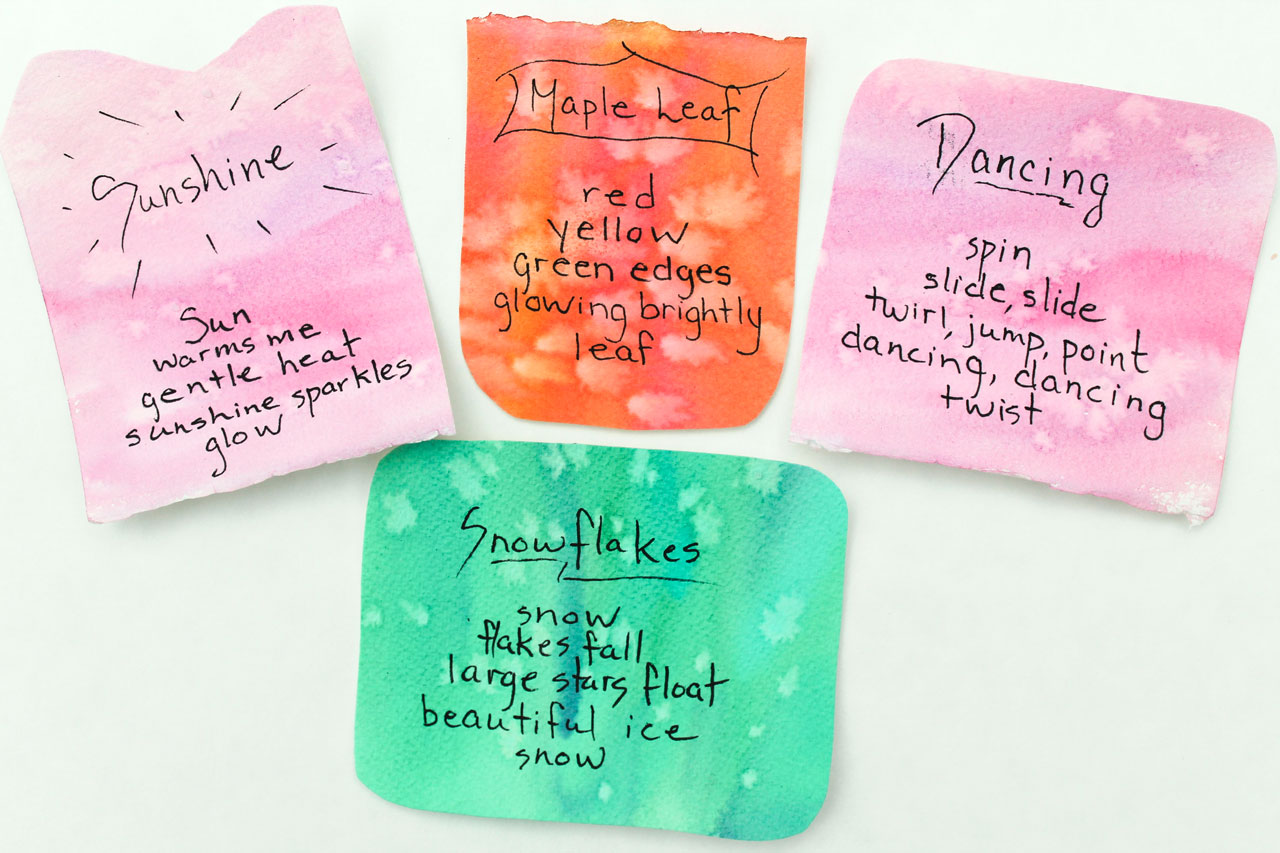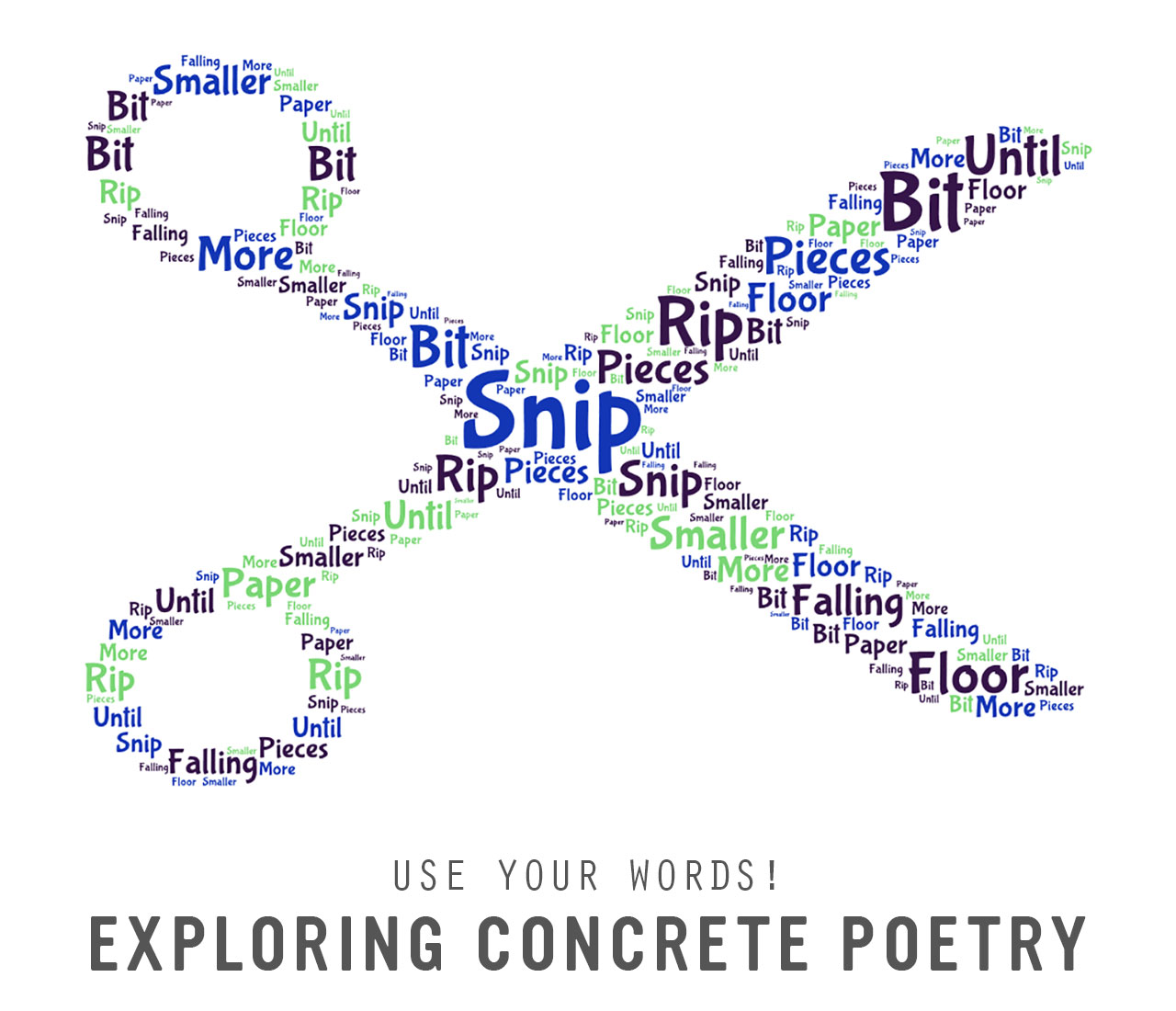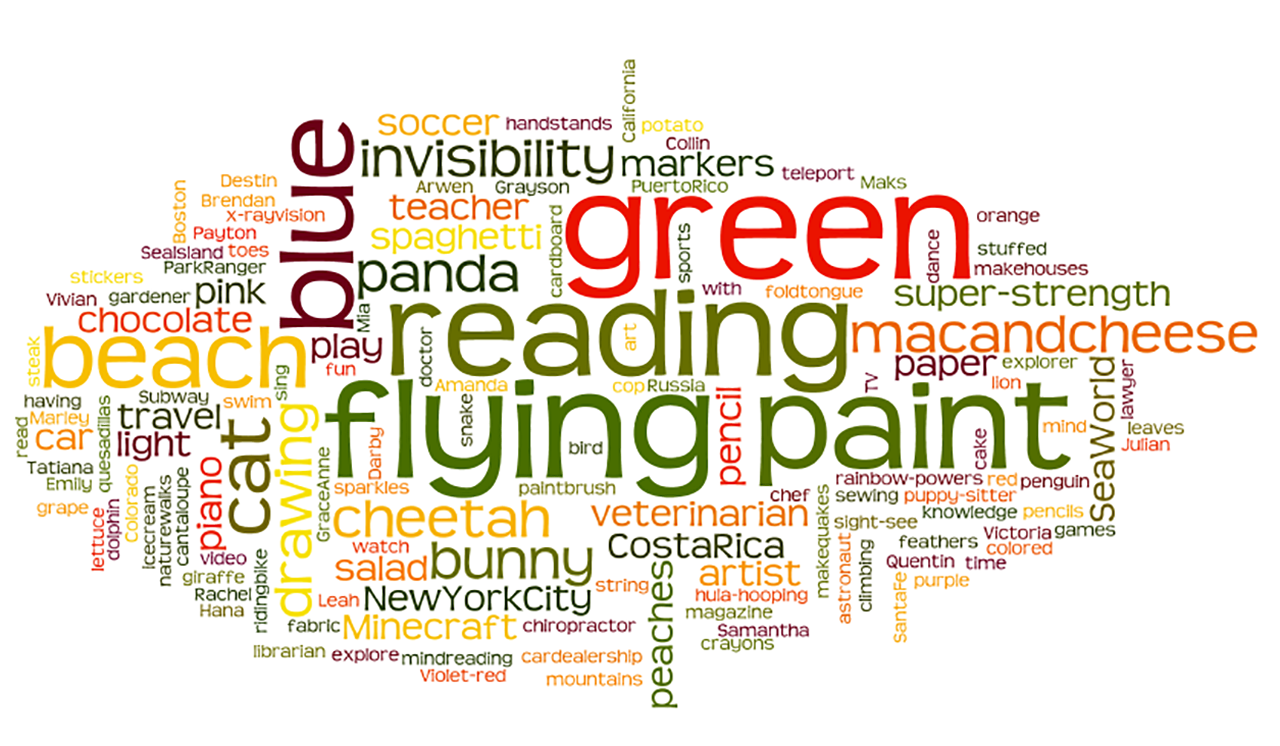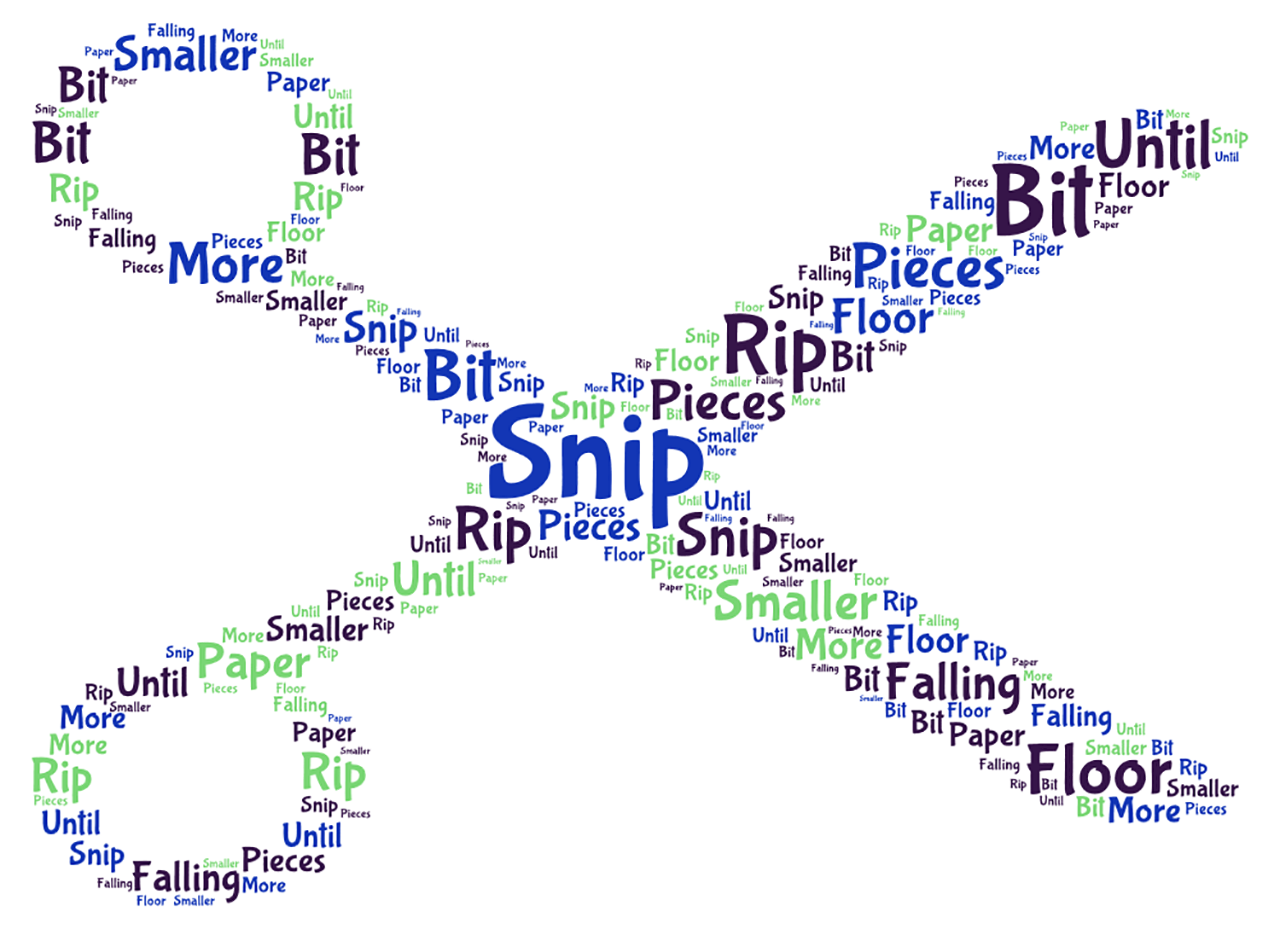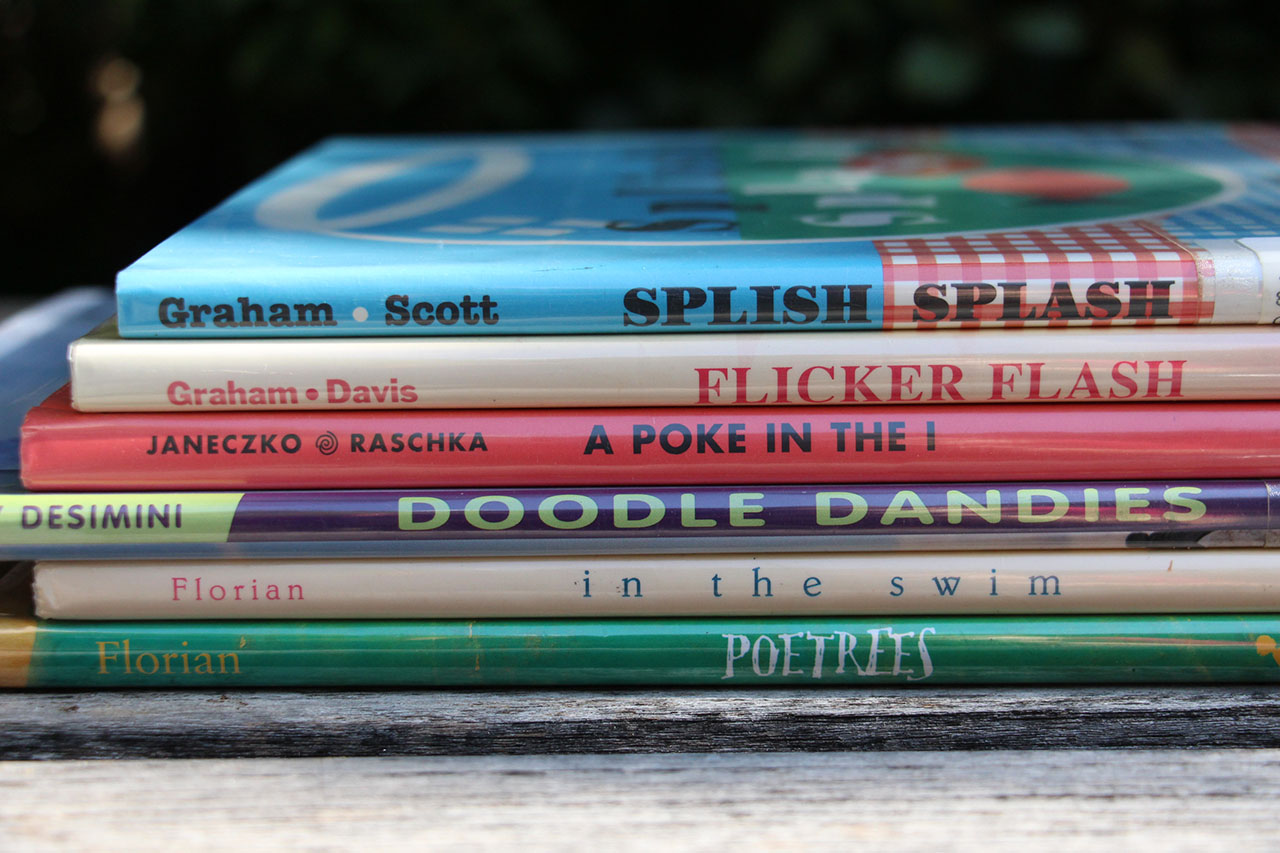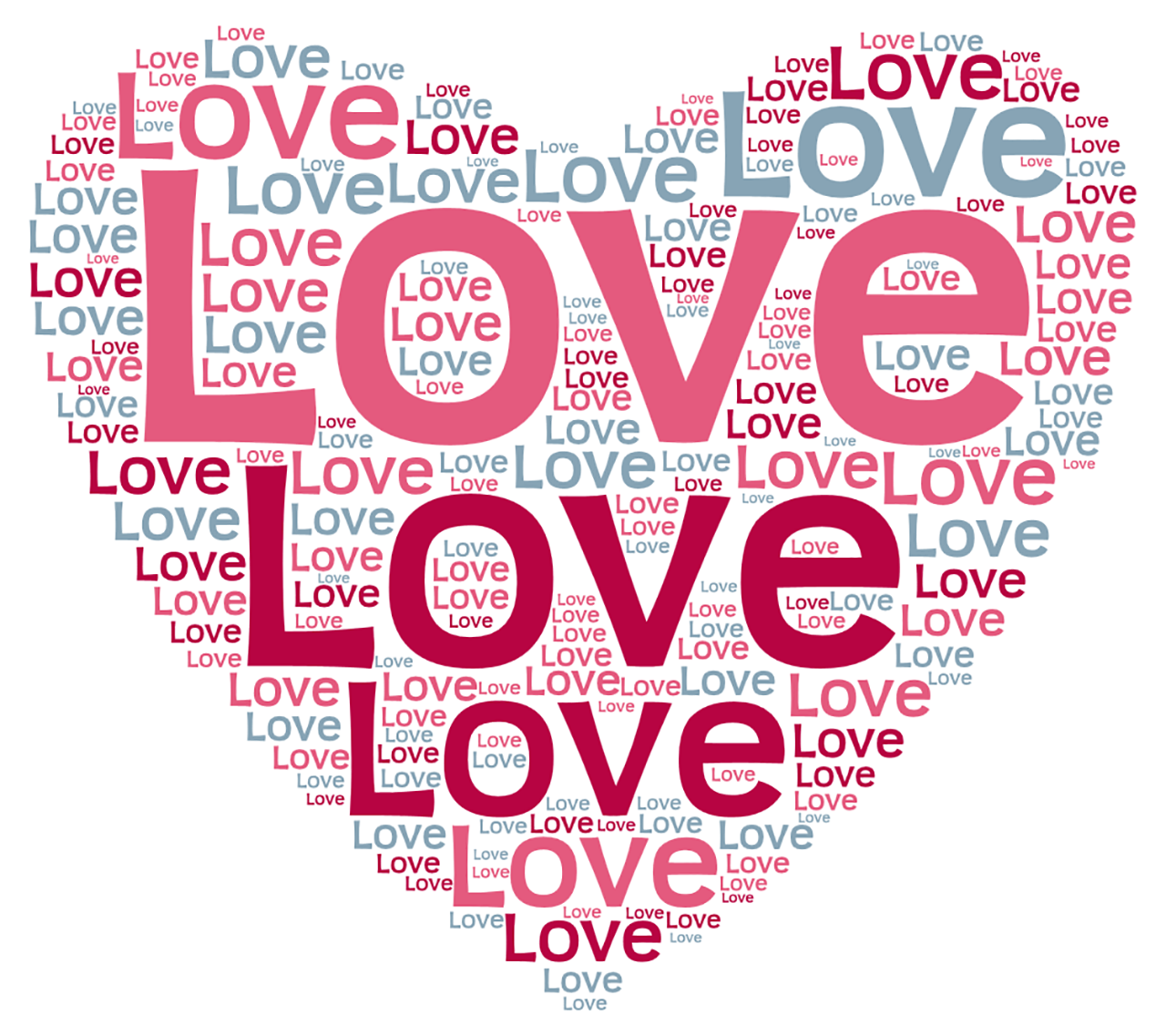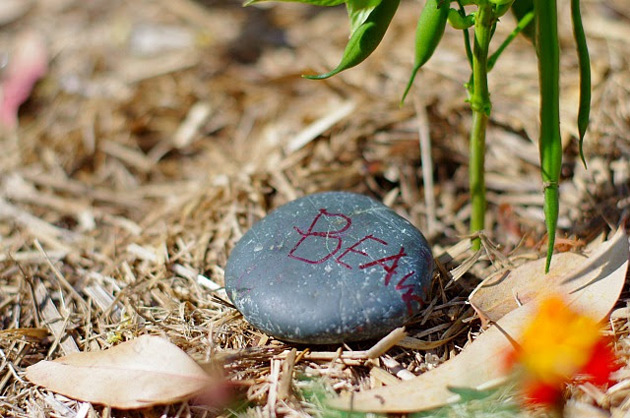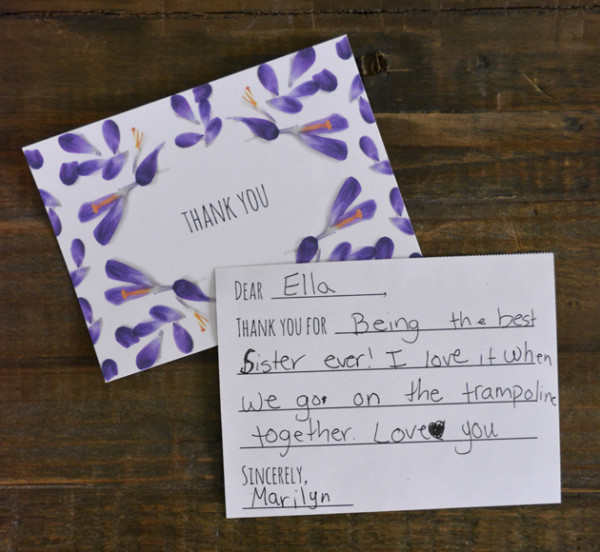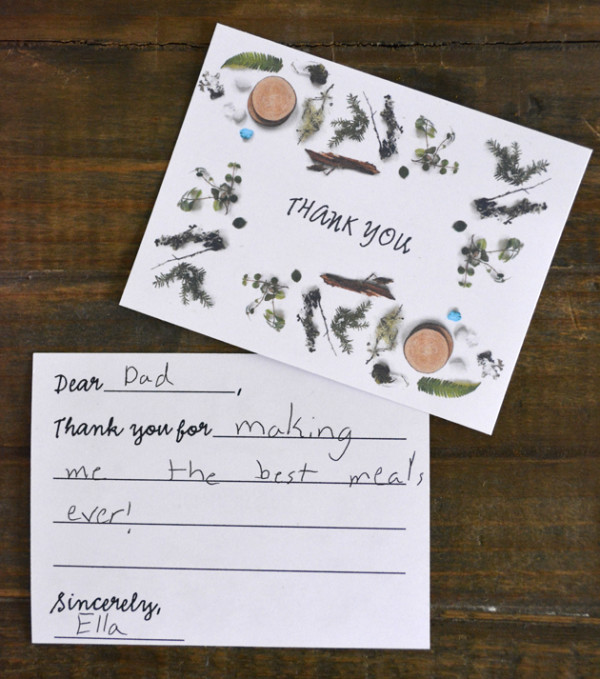Gifts That Inspire Writing
Holidays, birthdays, and other gift-giving occasions are a wonderful time to reflect on the types of investments we want to make as parents. I do see gifts for children as investments. Not only are they investments of money, but investments of our time and in our children. What do we want to encourage? What do we hold valuable? How do we want our children to spend their time? What types of experiences do we want to share with our children?
I have received a lot of requests to recommend some gift ideas that will inspire the young writers in their lives.
Because everyone’s a writer, it’s just a matter of helping them find and bring forth their voice and share it with the world…
Starting a Writer’s Notebook
Keeping a writer’s notebook is where it all begins… Talking to children about their favorite authors and how they capture ideas for writing is a wonderful way to inspire budding young writers. Did you know that almost all authors keep their own writer’s notebooks? Writing does not need to be an overwhelming process, it can be fun, light, and all about capturing the magical moments in our lives.
If you are enrolled in the Family Writer’s Club and would like to put together a fun gift to complement the experience, I recommend starting with the materials below. In this workshop you will begin your writing journey by starting your own writer’s notebooks!
1. Post-it Arrow Flags – Add a fun dimension to capturing memories and writing down thoughts.
2. Japanese Washi Masking Tape – Fun tapes are a wonderful way to add mementos and for the decorating of your cover or pages.
3. Glassine Wax Paper Bags – These are great for taping into your notebook to inspire writing about found treasures.
4. Jumbo Paper Clips – Another great way to capture and save different memories.
5. Sticky Tab Markers – These come in handy if you want to create different sections in your notebook.
6. Blank Recycled Notebooks – We love using these blank notebooks. They offer a clean slate, so that children can make them their own.
7. Photo Corners – Wonderful for adding and writing about family memories and special events.
Create it and they will come… It’s almost like magic! If you would like to see your children writing for pleasure in their free time, then create an inviting space with engaging materials. Here are our tried and true favorites for creating a captivating writing center. What I love about these items is that they become household staples. We purchased many of the items on this list when the girls were young and we are still using and loving them!
8. Wall Organizer – This fabric magazine organizer is perfect for displaying a variety of interesting writing papers. We provide lots of interesting options in the workshop. You can also find a nice selection in the printables section of our book.
9. Acrylic Tote – I am a huge fan of creating caddies stocked with inviting supplies like pens, pencils, stamps, stickers, etc. They are easy to move from room to room and are great for taking your writing adventures outside.
10. Prismacolor Colored Pencils – Our all-time favorite colored pencils!
11. Highlighters – An inviting way to make writing fun.
12. Pencils – We are big fans of these triangular pencils, which help with encouraging proper pencil grip.
13. Alphabet Stickers – Fun no matter what age you are!
14. Sentiment Stamps – We love giving handmade cards for every occasion. Having these stamps handy has been very helpful throughout the years.
15. Paper Tray – Another wonderful way for organizing interesting writing papers.
16. Blank Books – The more of these you leave in your writing center, the more books you will see popping up around your house. Try it!
17. Watercolors – It is wonderful to combine art and writing and we love these watercolor paints. These are also perfect for combing with the post cards below.
18. Watercolor Postcards – Embrace the handwritten tradition of corresponding with loved ones with these lovely blank watercolor postcards.
Now that you have the basics in place, make sure that you keep the inspiration flowing…
19. Books about Writing – We have put together a list of our favorite books for inspiring young authors, here.
20. Writer’s Club Family Workshop – Set some time aside as a family to learn about and develop the craft of writing. Connect and learn together as you explore fun writing prompts and learn about helpful techniques.
21. Play Story Cubes – A fun family game that helps get the story-telling going.
22. Q&A A Day For Kids – This journal offers a great way for children to easily capture their day-to-day thoughts and memories.
23. Letters to My Future Self – Writing letters to your past, future, or present day selves can be a powerful writing experience. This creative book makes the process fun and easy.
24. Play Haikubes – A fun game that teaches the art of Haiku. If you enjoy haiku, you should also checkout or great lesson, here.
25. Magnetic Poetry Kit – Another fun way to explore poetry and work on using interesting language in your writing.
26. Rip the Page! Adventures in Creative Writing – This book is full of inspiring writing prompts for the whole family!
* This post contains affiliate links.
